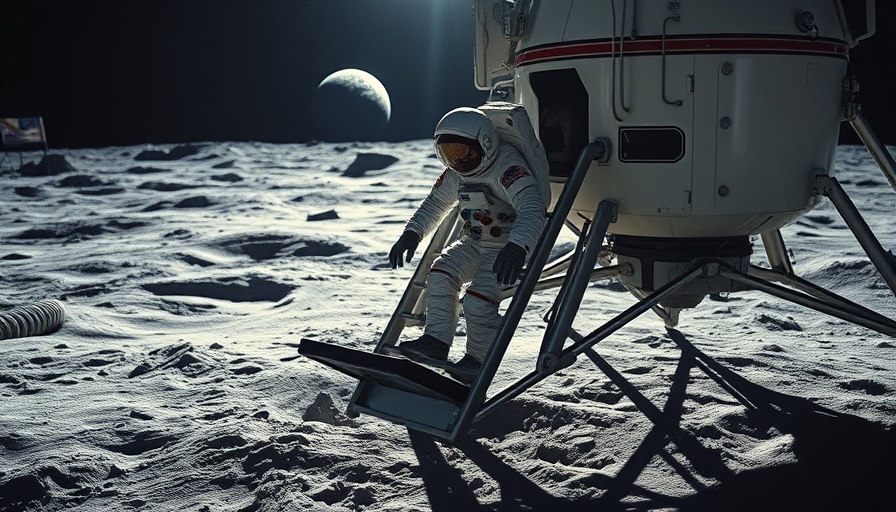
A Race to Space: Ted Cruz's Bold Proposal for NASA
In the face of growing competition, U.S. Senator Ted Cruz (R-Texas) is proposing a significant increase in funding for NASA's space exploration initiatives, specifically targeting efforts for the moon and Mars. As the chair of the Senate Committee on Commerce, Science, and Transportation, Cruz unveiled a legislative proposal that seeks to allocate nearly $10 billion to ensure that the U.S. takes a leading role in the next era of space exploration.
The underlying motivation, as stated by Cruz, is to "win the new space race with China," emphasizing a strategic push to cement America’s dominance in space exploration technologies and initiatives. This funding supports key components of NASA's Artemis lunar program and aims to enhance the International Space Station, among other critical projects.
Funding Breakdown: Where Will the Money Go?
The proposed funding emphasizes a broad range of projects that are crucial to advancing U.S. capabilities in space. Here are some key allocations included in Senator Cruz's proposal:
- Mars Telecommunications Orbiter: $700 million for a dual-use orbiter that will support both the Mars Sample Return campaign and future crewed missions to Mars.
- Gateway Space Station: $2.6 billion to fully fund the Gateway, a lunar orbiting station integral to the Artemis program.
- Space Launch System (SLS): $4.1 billion to support the SLS rockets for upcoming Artemis missions, reinforcing that this is currently the only operational human-rated rocket capable of landing astronauts on the moon.
- Orion Crew Vehicle: $20 million for procuring a fourth Orion capsule for continued use in Artemis missions.
- International Space Station (ISS): $1.25 billion to ensure the operational longevity of the ISS through 2030 and facilitate a smooth transition to private space stations.
- Infrastructure Improvements: $1 billion aimed at addressing NASA's infrastructure backlog of over $5 billion, directly linked to enhancing human spaceflight capabilities.
What This Means for Future Space Exploration
This proposal has immediate and long-term implications for America’s position in space. Ensuring continuous funding for the Artemis lunar program is particularly important as it paves the way for sustainable human presence on the moon and prepares the groundwork for future missions to Mars. The increased budget reflects a commitment to overcoming the current infrastructures' limitations and enhancing NASA’s operational capabilities.
As Senator Cruz noted, there remains a significant challenge to beat China in this ambitious struggle for supremacy in space exploration. With growing investment from various countries, the need for a robust strategy and increased funding becomes more critical than ever.
Potential Challenges and Future Considerations
While the proposed increase in funding could fuel new innovations in space exploration, it is essential to consider the challenges that come with such ambitious initiatives. The balance between governmental funding and commercial space endeavors will require skilled management to ensure synergy rather than competition. How the U.S. coordinates investments between NASA and commercial partners, like SpaceX and Blue Origin, will be crucial in shaping a cooperative future in space.
Additionally, the long-term sustainability of these missions depends not only on financial commitments but also on maintaining public interest and support for space exploration. Engaging younger generations in science, technology, engineering, and mathematics (STEM) fields will be essential for creating a workforce ready to support these ambitious goals.
Conclusion: The Importance of Investment in Space
Investing in NASA's initiatives, as proposed by Senator Cruz, offers significant opportunities for innovation and scientific discovery. As the world looks toward the stars, it is vital for the U.S. to lead the way in space exploration strategies that not only promote national interests but also inspire global cooperation.
 Add Row
Add Row  Add
Add 




Write A Comment